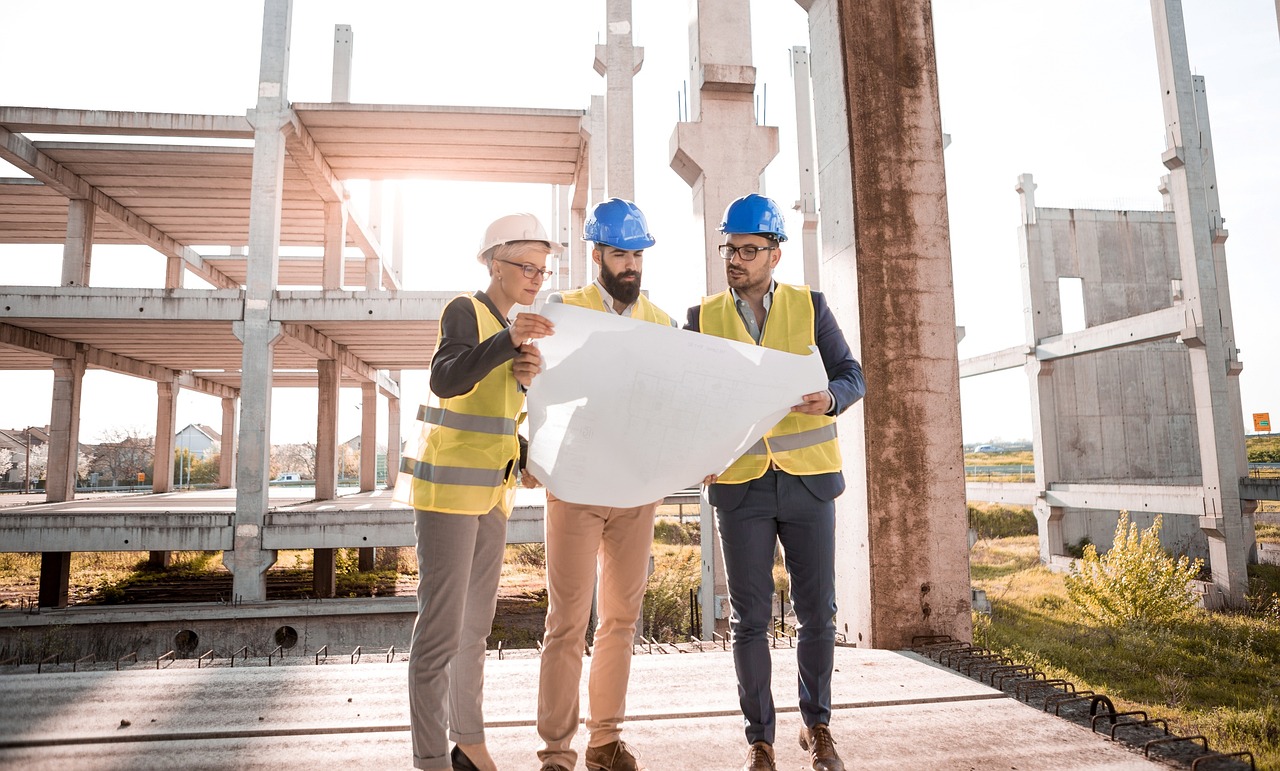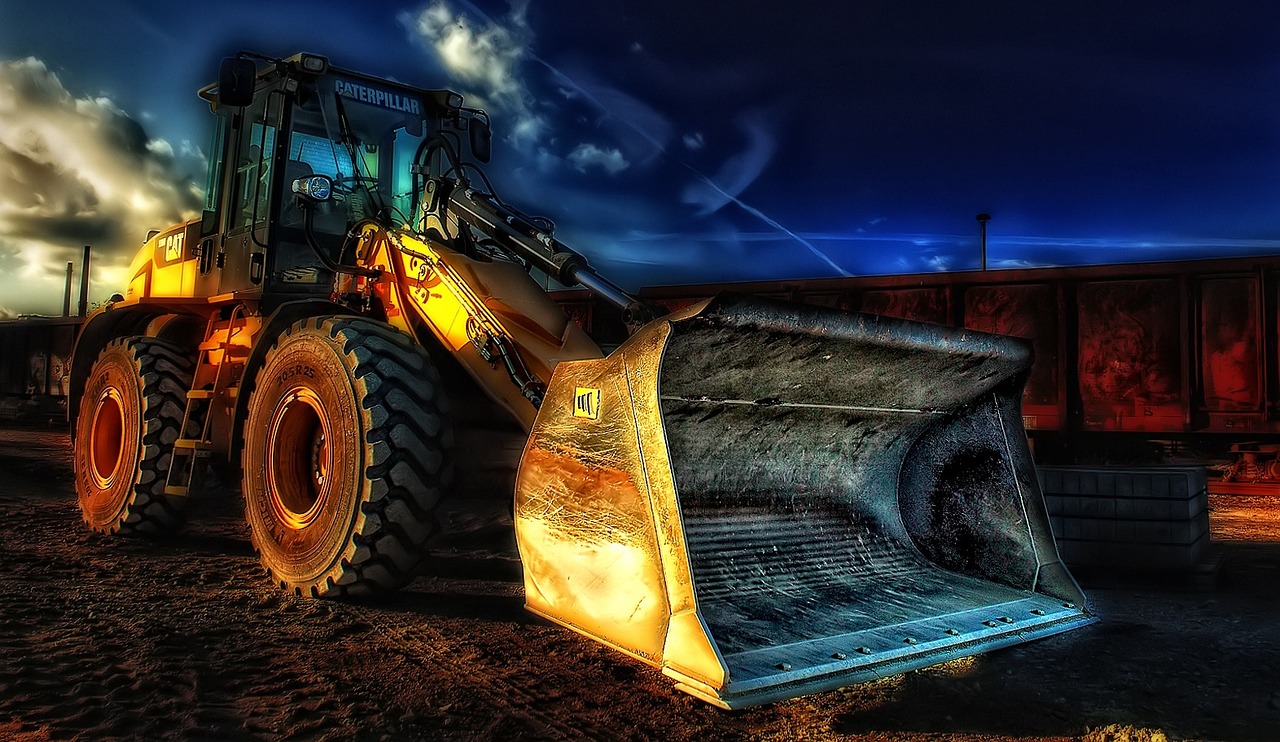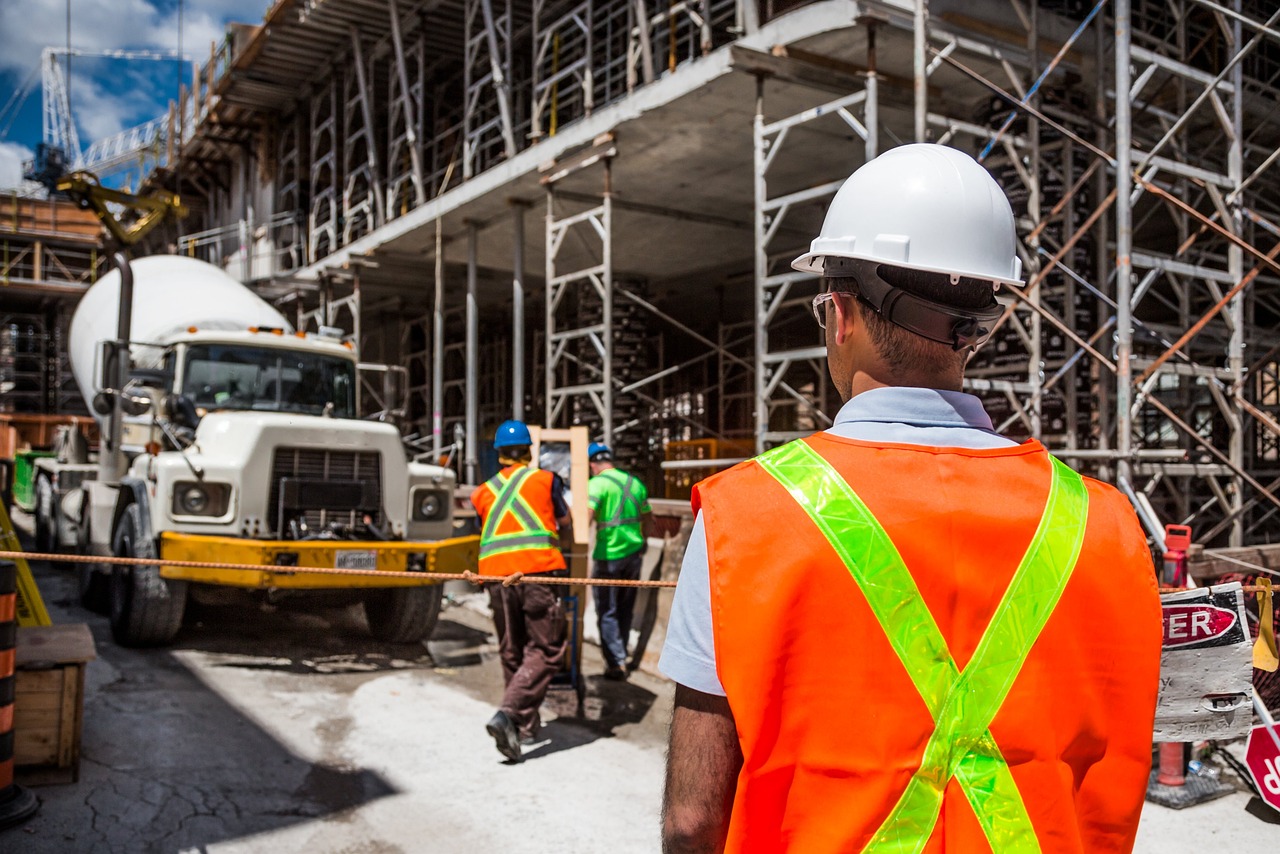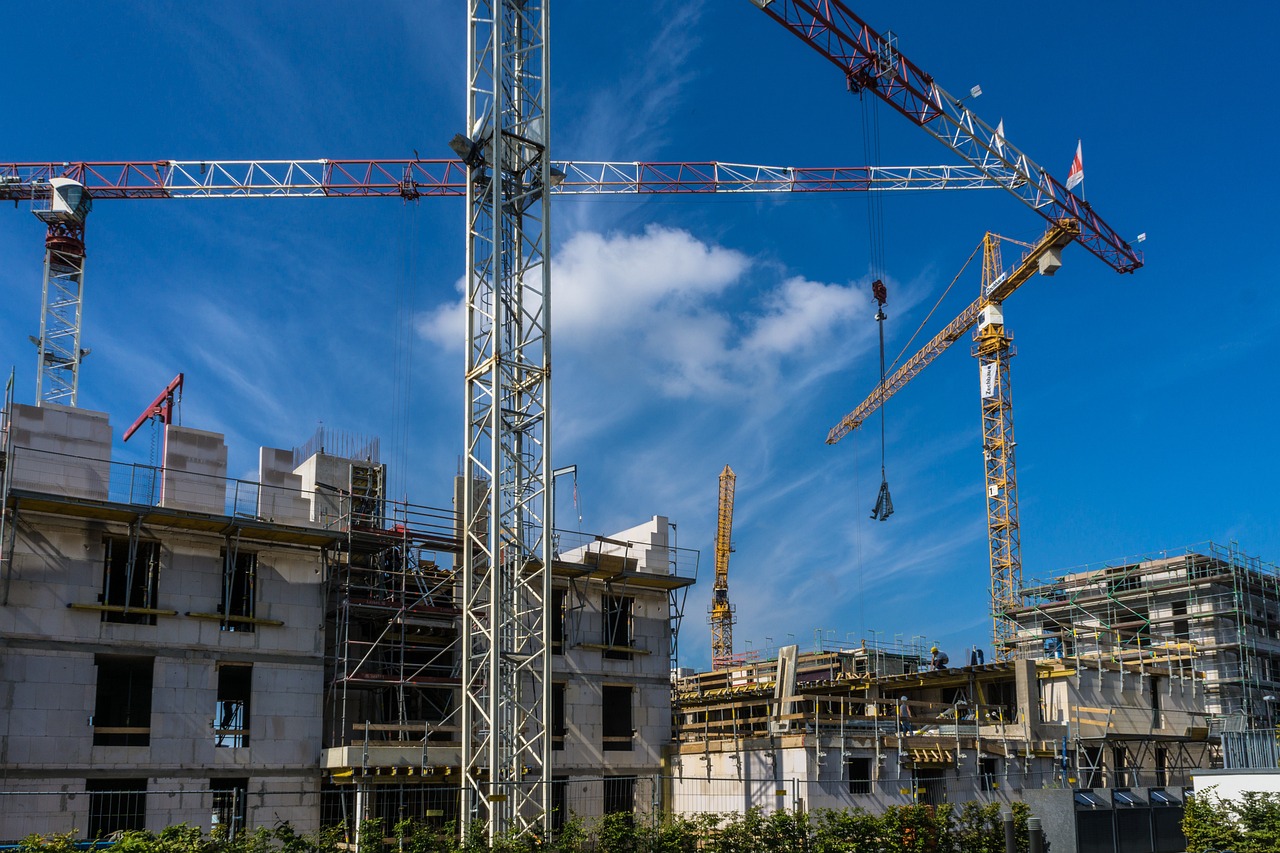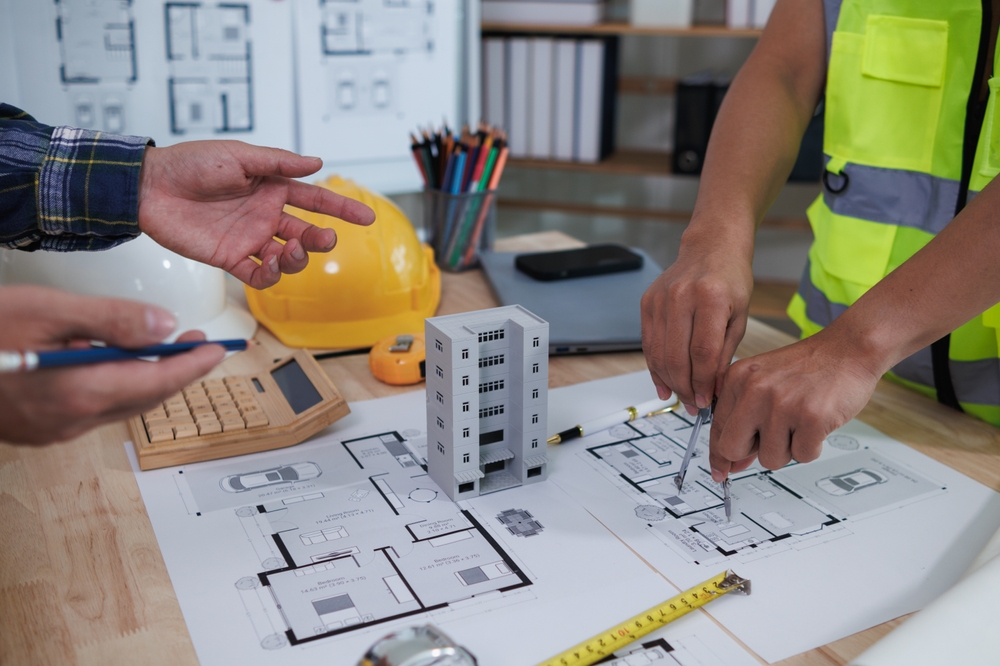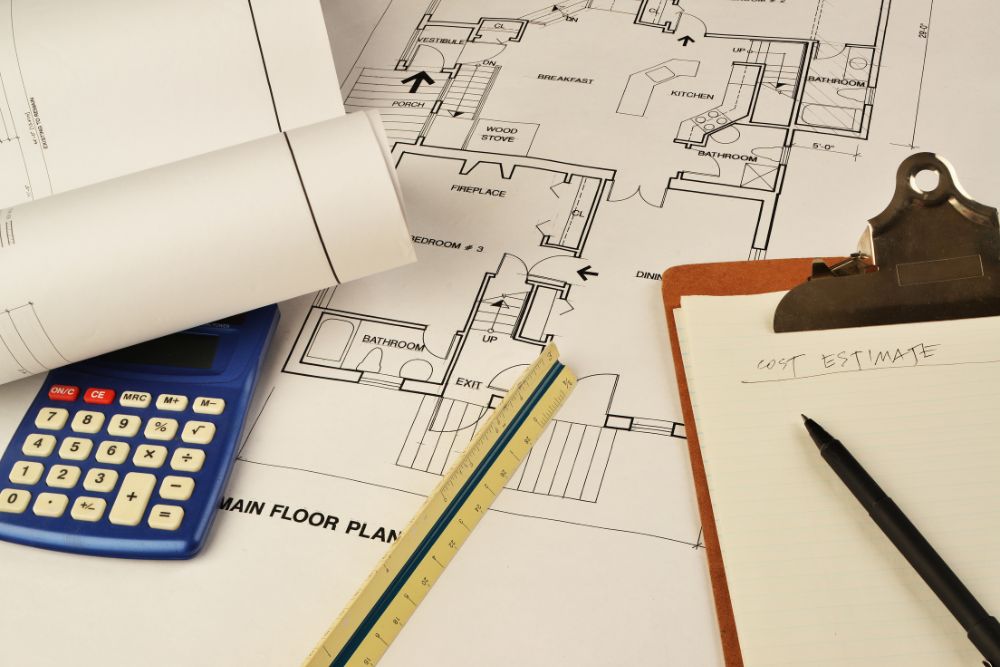Over time, every building faces wear and tear. Cracks, leaks, corrosion, or structural damage can appear due to age, poor materials, or environmental conditions. This often raises an important question: what is remedial work in construction?
Remedial work in construction refers to the process of repairing, strengthening, and restoring damaged parts of a building to bring them back to a safe and functional state. It ensures that the structure continues to perform well and meets safety standards.
In this guide, we’ll discuss what remedial work in construction means, its importance, and how it helps maintain the safety, durability, and value of all types of buildings.
What is Remedial Work in Construction
Remedial work is the process of fixing, replacing, or improving parts of a building. Its main goal is to restore safety, functionality, and proper performance. Often, remedial work is needed when problems or defects appear. These issues can happen during construction or after the building is in use.
It can be applied to various types of buildings. For example, residential homes, offices, factories, and other structures can all require remedial work. By addressing these issues early, the building remains safe, reliable, and long-lasting.
Types of Remedial Building Work
There are several types of remedial work that keep buildings safe and strong. Each type addresses specific problems.
Structural Repairs
First, structural repairs maintain a building’s strength. For example, foundation problems caused by shifting ground can be addressed with underpinning, which increases the base’s depth and stability. Also, damaged beams or columns are repaired or replaced. This keeps the building safe.
Waterproofing and Water Damage Repair
Next, water can cause serious problems. It leads to mold, rot, and weak structures. Therefore, waterproofing is essential. This includes adding waterproof layers to roofs, walls, and floors. Additionally, drainage systems and sealants can divert water away from the building.
Concrete Cancer and Spalling Repair
Sometimes, steel inside concrete rusts. This causes cracks and weakens the structure. This problem is called concrete cancer. To fix it, workers remove the damaged concrete, treat the rusted steel, and apply new concrete. Similarly, spalling happens when concrete flakes off. It is repaired by cleaning the area and adding a fresh layer of concrete or protective coating.
Facade and Cladding Repairs
The facade protects the building and gives it a nice look. Over time, cracks or damage may appear. Therefore, repairing the facade is necessary. Additionally, damaged cladding (the material covering the exterior) is either replaced or repaired. This keeps the building safe and visually appealing.
Mortar and Brickwork Repointing
Finally, mortar holds bricks together. Over time, it can wear out. Repointing replaces old mortar with new. This strengthens the brickwork and improves the building’s appearance.
Process of Identifying Remediation Work Requirements
Identifying the need for remedial work is the first and most crucial step. It ensures the building remains safe, strong, and long-lasting. The process includes several key stages.
Initial Inspection and Assessment
First, a thorough inspection of the building is done. Experts look for visible signs of damage or wear. This includes cracks, water leaks, flaking concrete (spalling), or rusting steel inside concrete (concrete cancer).
Diagnostic Testing
Next, tests are done to find the root cause of the problems. These may include moisture checks, core samples, or structural load tests. The goal is to understand what is causing the damage fully.
Expert Consultation
Then, specialists are consulted. These may include structural engineers, waterproofing experts, or facade consultants. They help identify the best solutions and recommend effective remedial strategies.
Developing a Remediation Plan
Finally, a detailed remediation plan is created. This plan outlines the necessary work, the methods to be used, the required materials, and an estimated timeline and cost. It serves as a clear guide for carrying out the repairs.
Common Reasons Why Remedial Work is Needed in Buildings
Understanding what is remedial work in construction also means knowing why it becomes necessary. Here are some key reasons:
Reason | What It Means | Examples |
Design Problems | Bad or weak designs can lead to safety or structural issues. | Wrong calculations, poor space planning, and not thinking about the environment. |
Material Problems | Using incorrect or substandard materials can compromise the building’s integrity. | Cheap products, wrong materials for the job, poor storage. |
Specification Issues | Confusing or incomplete instructions can lead to mistakes. | Missing details, unclear instructions, outdated rules. |
Workmanship Problems | Poor work or inadequate supervision can lead to defects. | Insufficient preparation, improper installation, and inadequate quality control. |
Natural Wear and Tear | Buildings get worn out over time due to weather and use. | Damage from sun, rain, wind, or aging materials. |
 Challenges in Remediation Work
Challenges in Remediation Work
Remedial work is crucial, but it presents several challenges. These need careful planning and management.
1. Reaching Hard-to-Reach Areas
First, some parts of a building are difficult to access. For example, high-rise buildings have problems high above the ground. To reach these areas, workers use scaffolding, lifts, or even drones. In tight spaces, special tools help workers operate safely.
2. Handling Unforeseen Issues
Next, unexpected problems may appear once work starts. Hidden damage, like internal weaknesses or water leaks, can cause delays. Therefore, thorough inspections and tests are done before starting. If surprises occur, the project plan is quickly adjusted.
3. Reducing Repair Disruptions
When a building is occupied, minimizing disturbances is important. Work can be scheduled during off-peak hours, like evenings or weekends. Noise-reducing tools and temporary barriers also help maintain normalcy for occupants.
4. Adhering to Safety and Regulations
Compliance with safety rules and building codes is essential. Workers use approved materials, follow protocols, and get necessary permits. Protective gear and strict safety measures prevent accidents on site.
5. Managing Project Costs
Finally, managing costs is crucial. Accurate cost estimates and careful monitoring help keep the project on budget. Managers track expenses and adjust plans if needed. Efficient use of materials and labor also saves money.
Each of these challenges affects how professionals approach what is remedial work in construction and ensures the project runs smoothly.
Hiring the Right Construction Company for Remedial Works
Choosing the right construction company is very important for remedial work. A reputable company ensures that your project is safe, complies with all regulations, and delivers high-quality results.
Here are some key qualities to look for:
- Experience: The company should have years of experience in handling different types of remedial work.
- Quality: They should use high-quality materials and adhere to rigorous construction standards.
- Innovation: Using modern tools and techniques helps improve efficiency and reduce environmental impact.
- Customer Focus: Clear communication and understanding of your needs are essential for a smooth project.
- Proven Track Record: Look for companies that have completed projects similar to yours.
- Dedicated Team: A skilled and committed team ensures work is done correctly and on time.
- Sustainability: Eco-friendly practices and energy-efficient solutions are a plus.
Hiring a reliable and experienced construction company ensures that your remedial work is safe, efficient, and of lasting quality.
Legal Considerations in Remedial Work Projects
Remedial work projects involve some important legal rules. These rules help ensure the work is done correctly and fairly.
1. Contractor Responsibilities
Contractors must follow the agreed plans and complete repairs properly. If the work is faulty, they must fix it. They also need to follow building codes and regulations. Failing to comply with these rules can result in legal issues or fines.
2. Documentation and Communication
Keeping clear records is very important. Contractors should document inspections, tests, and repairs. This helps track progress and ensures accountability. Clear communication with building owners also prevents misunderstandings. Regular updates and open discussions build trust and keep the project on track.
3. Resolving Disputes
Disagreements may happen over work quality, delays, or extra costs. First, try to solve problems through direct communication. If that does not work, mediation or arbitration with a neutral third party can help. Sometimes legal action is needed to enforce contracts or recover costs. Good records and clear communication make dispute resolution easier.
Cost and Budgeting for Remedial Work
Planning the budget is very important for remedial work. It helps make sure money is used wisely and the job is done correctly.
- Check All Costs: First, list all the costs. Include materials, labor, tools, permits, and any specialist help. This list will form the budget.
- Save Extra Money: It is smart to keep extra money for unexpected problems. Usually, 10–20% of the total budget is enough.
- Quality vs. Cost: Good materials and skilled workers may initially cost more, but they ultimately save money. Quality work stops frequent repairs.
- Compare Contractors: Obtain bids from multiple contractors to ensure a fair price. But the cheapest is not always best. Check their experience and past work.
- Payment Plan: Set a clear payment schedule. Pay only when work is done correctly. This helps manage finances and prevents problems.
- Review the Budget: Check the budget regularly to ensure accuracy and compliance. If something changes, adjust it. This keeps the project on track.
Why Regular Maintenance and Inspections Matter
Regular maintenance and checks are very important. They keep the building safe and in good working order.
1. Find Problems Early
Inspections help identify issues early, such as leaks, cracks, or weak parts. Fixing them early saves time and money.
2. Prevent Big Problems
A maintenance plan ensures that all parts of the building are in good condition. This stops severe damage from happening.
3. Keep People Safe
Safety is very important. Regular checks ensure the building adheres to safety rules and reduce the risk of accidents.
4. Keep the Building Valuable
Taking care of the building ensures it looks good and functions well. This helps maintain or increase its value.
5. Save Money
Spending on maintenance is more cost-effective than paying for major repairs later. It helps plan money better and avoid surprises.
FAQs
What Does Work Remediation Mean?
Work remediation refers to the process of repairing or improving components of a building or system that are not functioning correctly. It focuses on correcting problems like cracks, leaks, or damage. In simple terms, it restores the structure to a safe and working condition.
Are There Any Regulations Or Codes That Govern Remedial Work In Building Maintenance?
Yes, remedial work must follow building regulations and safety codes. These rules ensure repairs are safe, strong, and meet legal standards set by local authorities and construction laws.
What Is The Difference Between Repair And Remediation?
Repair means fixing a visible or specific problem, like patching a wall or replacing a pipe. Remediation, on the other hand, goes deeper. It focuses on identifying the root cause of the problem and resolving it thoroughly to prevent recurrence.
What Are The Principles Of Remediation?
The main principles of remediation are assessment, prevention, and restoration. First, experts inspect the area to find the problem. Then, they choose the best way to fix and prevent it from happening again. Finally, they restore the area to make it safe, strong, and long-lasting.
What Are The Remedial Action Controls?
Remedial action controls are the steps used to manage and monitor the repair process. They include planning, testing, quality checks, and safety measures. These controls make sure the remedial work is done correctly, safely, and within the required standards.
Conclusion
In summary, what is remedial work in construction means restoring buildings to a safe and functional state. It helps prevent bigger problems, saves repair costs, and extends the building’s life. With the right approach and expert help, remedial work ensures your structure stays strong and reliable for years.
At Prime Estimation, we specialize in providing accurate construction estimating services for all types of remedial work.
Contact us today for a detailed estimate and make your next repair project smooth, cost-effective, and worry-free.

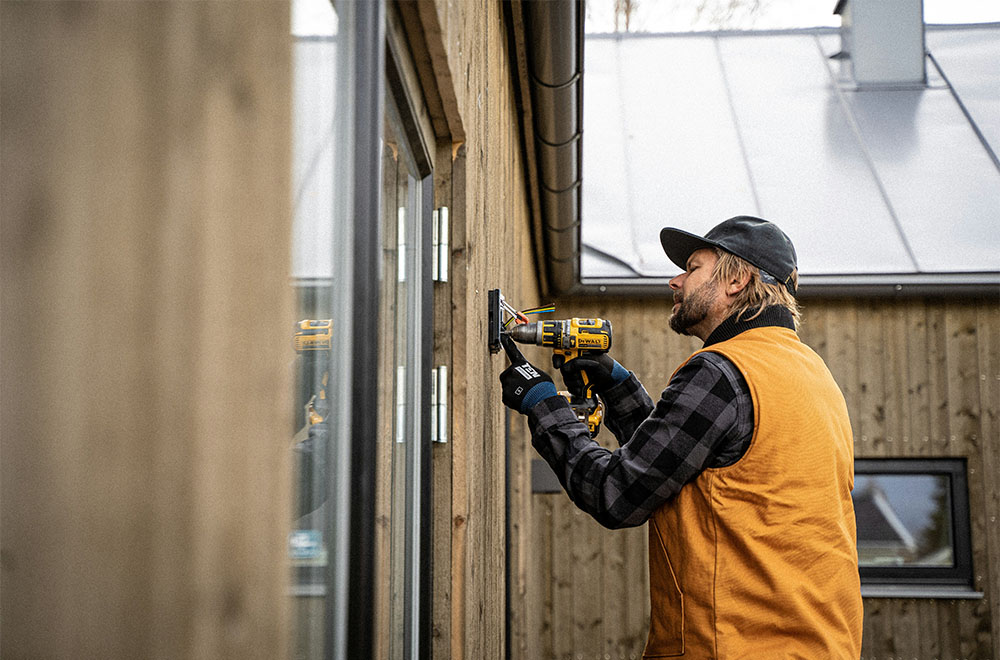
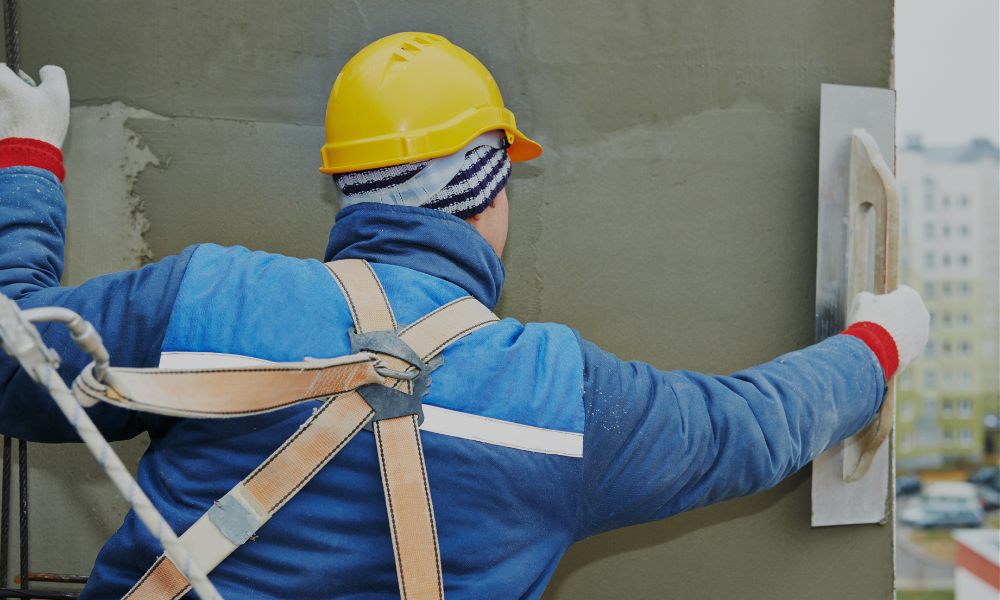 Challenges in Remediation Work
Challenges in Remediation Work